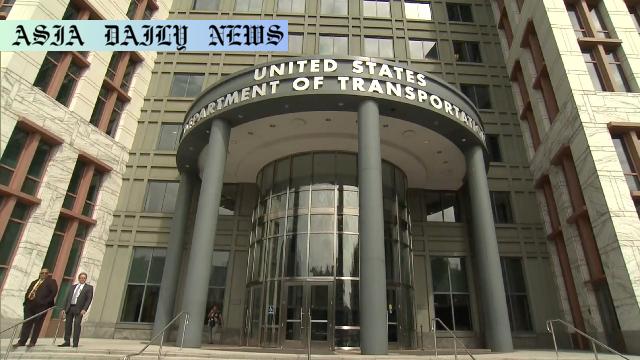High-Speed Rail: US Transport Department cancels $63.9M grant for Texas high-speed project, ending Japanese bullet train ambitions.
Key Point 1: The US terminated a $63.9M grant for a Texas high-speed rail project.
Key Point 2: Costs skyrocketed to $40B, rendering the project unrealistic.
Key Point 3: Japan’s bullet train collaboration hopes collapsed.
Key Point 4: Project aimed to bolster the economy and offer sustainable transit solutions.

US Discontinues Ambitious High-Speed Rail Idea
The US Transport Department has officially withdrawn its $63.9 million grant for a high-speed rail project that was set to connect Houston to Dallas. The grant, initially awarded to Amtrak, was envisioned to bring cutting-edge Japanese Shinkansen bullet train technology to American soil. However, surging costs, now estimated to exceed $40 billion, proved insurmountable. The department labeled the project as “high risk,” and its once-bright future has now dimmed.
Japan’s Collaborative Hopes Dashed
One of the pivotal aspects of this project was Japan’s involvement to potentially introduce their famed bullet train technology. The Tokaido Shinkansen system, renowned for punctuality, safety, and efficiency, was regarded as a transformative solution for US railway infrastructure. Central Japan Railway Company spearheaded the technological ambitions associated with the project. Unfortunately, a significant loss posted by a Japanese public-private partnership led them to withdraw support as early as November 2024, further weakening the project’s foundation.
The Economics and Environmental Growth That Could Have Been
This ambitious infrastructure project was not just about transportation—it was deeply tied to economic stimulus and environmental improvement. High-speed rail systems are known to reduce greenhouse gas emissions, enhance urban connectivity, and create employment in various sectors. The Biden administration, which has ardently advocated for sustainable infrastructure, had hoped this venture would contribute toward long-term climate goals. Unfortunately, escalating costs and an increased risk burden on taxpayers overshadowed the potential benefits.
Lessons and Implications for the Future of US Infrastructure
The collapse of this high-speed rail project exposes significant deficiencies within the current framework for developing large-scale infrastructure in the US. From funding mechanisms to cost management, addressing these inefficiencies will be paramount if similar future projects are to succeed. This instance also highlights the need for international partnerships to remain robust and profit-oriented if they are to endure the rigorous demands of modern transportation initiatives. As the US continues to explore opportunities for greener, more efficient transport systems, lessons learned from this endeavor will undoubtedly shape the future of such projects.



Commentary
A Missed Opportunity for Progress
The cancellation of the Texas high-speed rail project is undoubtedly a missed opportunity. Not only would this have been a step forward in transportation innovation, but it also symbolized the potential for closer international collaboration between the US and Japan. By adopting Japan’s efficient and eco-friendly bullet train technology, the US could have transformed its infrastructure to align with 21st-century sustainability goals. Unfortunately, the soaring costs and lack of sufficient financial backing placed insurmountable pressure on a promising yet complex venture.
The Importance of Managing Expectations
Every ambitious project comes with its share of risks, but when those risks escalate to the point that they outweigh potential gains, it forces decision-makers to reconsider their direction. The Texas high-speed rail project, while visionary, likely underestimated the financial and logistical complexities of implementing a 400-kilometer rail line. Additionally, long-term partnerships and funding strategies were not sufficiently robust, as evidenced by the withdrawal of Japan’s public-private backers.
Learning from Setbacks
This setback should motivate leaders and stakeholders to better strategize similar future initiatives. High-speed rail systems offer significant benefits, from alleviating traffic congestion to reducing reliance on carbon-intensive transportation modes. While the current project’s failure may be disheartening, it allows for a deeper reflection on how to balance ambition with realism. Stronger international partnerships, transparent cost management, and adaptive infrastructure models could allow similar ventures to thrive in the future.